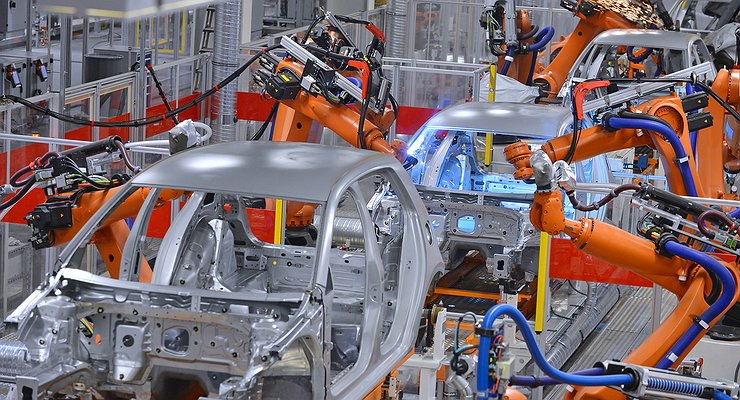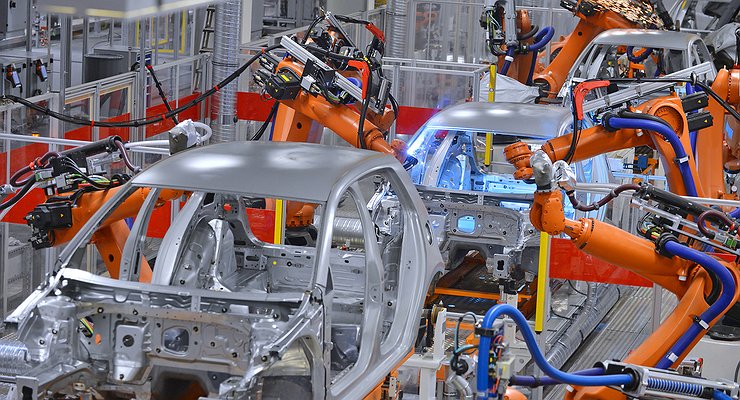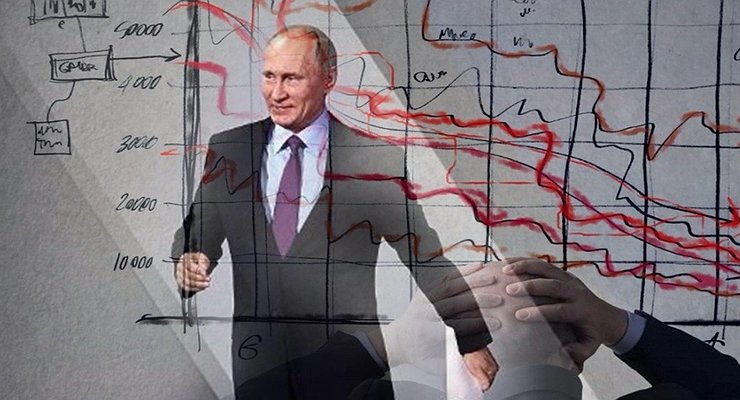
At one time, the Chinese auto industry began to make active progress, thanks to the massive transition to the licensed assembly of foreign cars. And the global auto industry viewed this situation with great interest as it gained access to the largest consumer market in the world. It seems that Russia, though forced, is willing to follow the same path. Details of the decline of the domestic auto industry, but with a plus sign, are in the material of the AvtoVzglyad portal.
Next year, Russian automakers will be able to acquire licenses to produce cars of foreign design. At least that is what is discussed in the draft resolution of the Government of the Russian Federation, prepared by the Ministry of Industry and Trade. At the same time, the cost of Russian companies will be taken into account when assessing the degree of localization of production. Which, according to officials, should facilitate the access of new industries to SPIKs.
When assessing the degree of localization, car factories will now also factor in “costs of obtaining licenses to control the production of products for the automotive industry”. These are included in the R&D expenditure category. We now recall that 1% of a car manufacturer’s revenue spent on R&D costs 400 “localization” points. And to fall into the localized category, the model must score at least 3200 points. The question arises, licenses from which manufacturers can we buy?
It is clear that the Europeans, Americans, Koreans and Japanese are unlikely to risk making such a deal. Does this mean China and Iran will stay? Well, maybe India. However, according to the AvtoVzglyad portal, this is a good solution that will allow not only to revive the Russian car market, but also to gain access to the most modern car manufacturing technologies. Although, we note, for Russia this practice is not at all new. In fact, the entire automobile industry of the Soviet Union began precisely with the assembly of licensed cars, recalls Izvestia.
Next year, Russian automakers will be able to acquire licenses to produce cars of foreign design. At least that is what is discussed in the draft resolution of the Government of the Russian Federation, prepared by the Ministry of Industry and Trade. At the same time, the cost of Russian companies will be taken into account when assessing the degree of localization of production. Which, according to officials, should facilitate the access of new industries to SPIKs.
When assessing the degree of localization, car factories will now also factor in “costs of obtaining licenses to control the production of products for the automotive industry”. These are included in the R&D expenditure category. We now recall that 1% of a car manufacturer’s revenue spent on R&D costs 400 “localization” points. And to fall into the localized category, the model must score at least 3200 points. The question arises, licenses from which manufacturers can we buy?
It is clear that the Europeans, Americans, Koreans and Japanese are unlikely to risk making such a deal. Does this mean China and Iran will stay? Well, maybe India. However, according to the AvtoVzglyad portal, this is a good solution that will allow not only to revive the Russian car market, but also to gain access to the most modern car manufacturing technologies. Although, we note, for Russia this practice is not at all new. In fact, the entire automobile industry of the Soviet Union began precisely with the assembly of licensed cars, recalls Izvestia.
Source: Avto Vzglyad
Donald Salinas is an experienced automobile journalist and writer for Div Bracket. He brings his readers the latest news and developments from the world of automobiles, offering a unique and knowledgeable perspective on the latest trends and innovations in the automotive industry.














